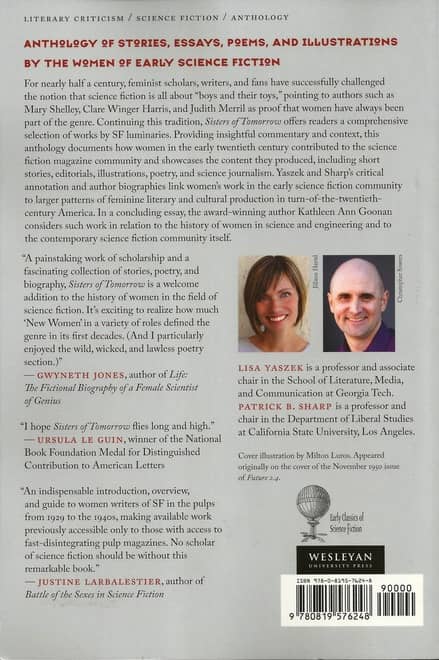Invasion Fleets and Rogue Stars: Rich Horton on Who Speaks of Conquest by Lan Wright & The Earth in Peril, edited by Donald A. Wollheim
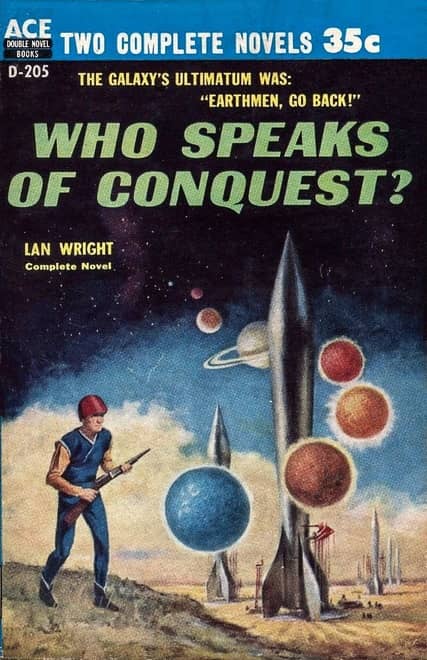 |
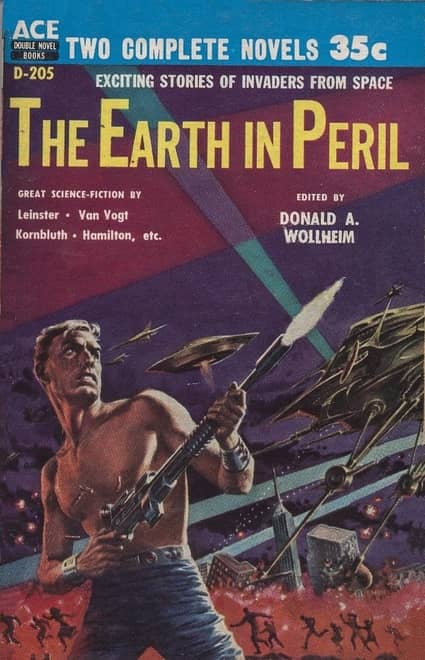 |
Over at his website Strange at Ecbatan, Rich Horton continues his survey of the Ace Double line of 50s science fiction novels with Who Speaks of Conquest by Lan Wright, paired with the anthology The Earth in Peril, edited by Donald A. Wollheim. It was originally published in 1957. Here’s Rich on the Wright novel.
The first Terran starship lands at Sirius (why they didn’t go to Alpha Centauri first is never explained — it turns out to be inhabited, so it can’t be for lack of planets). There they find a welcoming committee, from an intelligent race that has colonized these planets. They learn that the entire Galaxy is under the rule of the Rihnans, apparently a mostly benign rule, but an unquestioned one. Humans are expected to meekly accept their position. Of course, they don’t, and soon an invasion fleet is dispatched from Alpha Centauri. But to the invaders’ surprise, the plucky humans decide to fight back, and moreover they have been able to develop some surprisingly good tech, and the humans win.
The Rihnans don’t take that lying down, and begin plans for a much bigger fleet to suppress Terra. But the humans have their own ideas, and they decide to take the fight to the rest of the Galaxy…
The flip side is a little more interesting from my perspective — an anthology of tales focused on the invasion of Earth, edited by the founding editor of Ace, Donald A. Wollheim himself. The Earth in Peril contains short stories by Murray Leinster, A. E. van Vogt, C. M. Kornbluth, Edmond Hamilton, Bryce Walton, and H. G. Wells.
 Last month I posted here about
Last month I posted here about 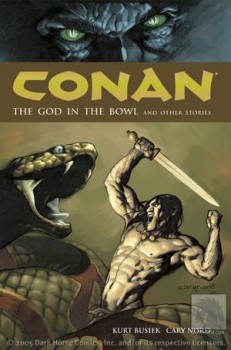
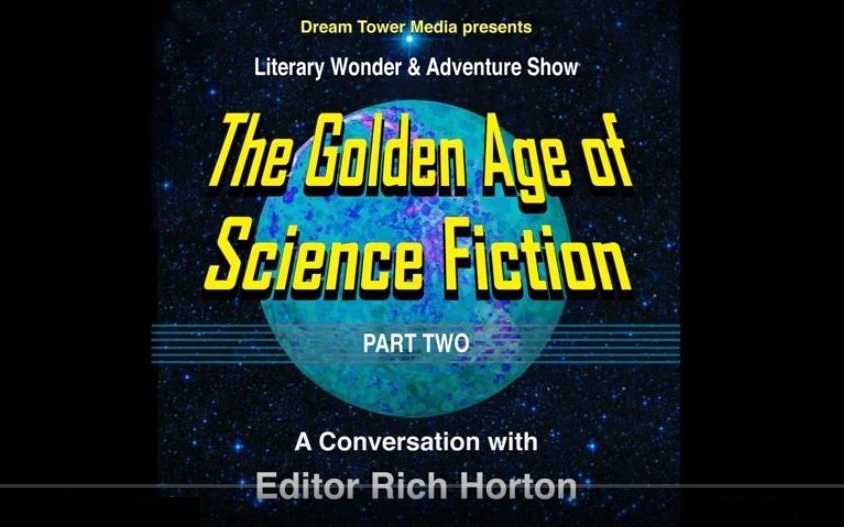
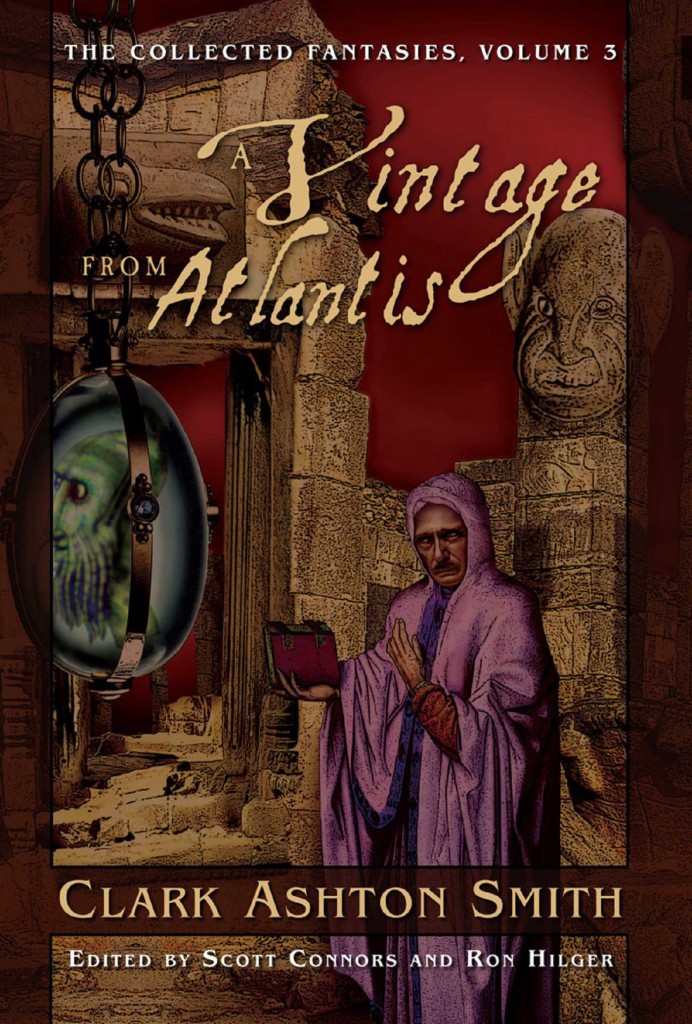



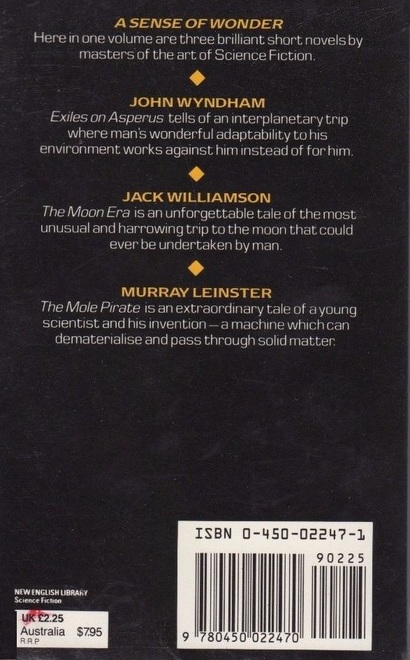
 How is Conan not a Mary Sue?
How is Conan not a Mary Sue?
